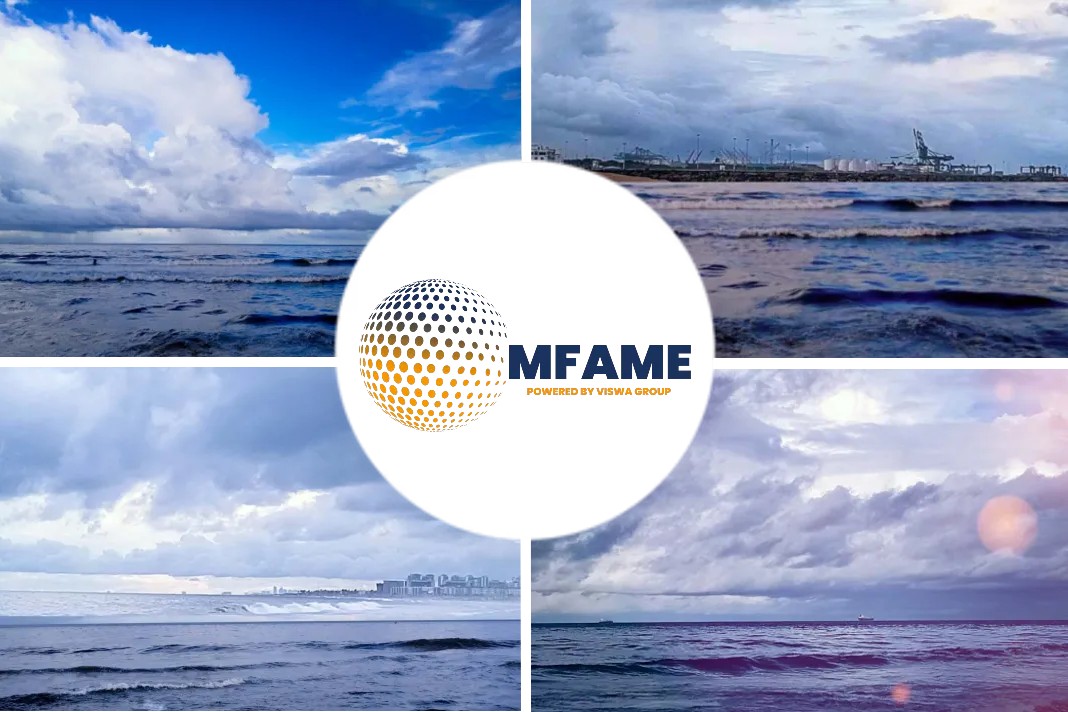- As ship operators rush to comply with the IMO’s upcoming Energy Efficiency Existing Ship Index (EEXI) framework, Yara Marine Technologies offers FuelOpt.
- A preliminary assessment carried out by DNV confirms this statement.
- FuelOpt also offers the additional benefit of not impeding regular operations.
Yara Marine Technologies presents the FuelOpt system as an excellent option to enable Shaft Power Limitation (ShaPoLi) in accordance with the IMO’s upcoming EEXI framework, reports Yara.
Technology is meeting requirements
Per Bjärkby, Chief Technology Officer at Yara Marine Technologies’ FuelOpt technology is already meeting ShaPoLi requirements, the International Maritime Organization (IMO) has confirmed.
The IMO’s Energy Efficiency Existing Ship Index (EEXI) will come into force on January 1st, 2023. EEXI is aimed at any existing vessels which have so far escaped the impact of EEDI requirements.
Among these, derating the engine power output via EPL or ShaPoLi is likely to be the primary measure implemented for the reduction of greenhouse gas (GHG) emissions.
A comprehensive solution for EEXI
“Our FuelOpt system has had the proven functionality to limit shaft power since 2013 and provides a log of the propulsion data.”
“It can help ship operators to comply with upcoming EEXI regulations while also enhancing vessel operational efficiency,” said Mikael Laurin, Managing Director of Vessel Optimization at Yara Marine Technologies.
“FuelOpt also offers the additional benefit of not impeding regular operations. “
Yara Marine Technologies’ FuelOpt system allows ship operators to set an upper limit to shaft power output without modifying existing machinery.
It maximizes cost and time savings while streamlining efficiency and maintaining safety standards.
FuelOpt logs all necessary engine parameters and stores these in the performance management and reporting software Fleet Analytics.
Impact on the global trading fleet
Currently, DNV estimates that 80% of the global trading fleet will need to undertake technical upgrades to meet the minimum energy efficiency standards set in EEXI.
Complex and cost-intensive solutions are unlikely to be favored within the industry for the time being.
Almost 70% of the current global tanker fleet was contracted prior to January 2013 and delivered prior to July 2015.
The calculations are probably somewhat similar for the containership sector.
It is therefore imperative that any solutions for EEXI account not only for global fleet numbers that would require upgrades within this limited time frame, but also the likelihood that ship operators will be able to allocate time and financial resources for complex refittings.
Did you subscribe to our newsletter?
It’s free! Click here to subscribe!
Source: Yara






















